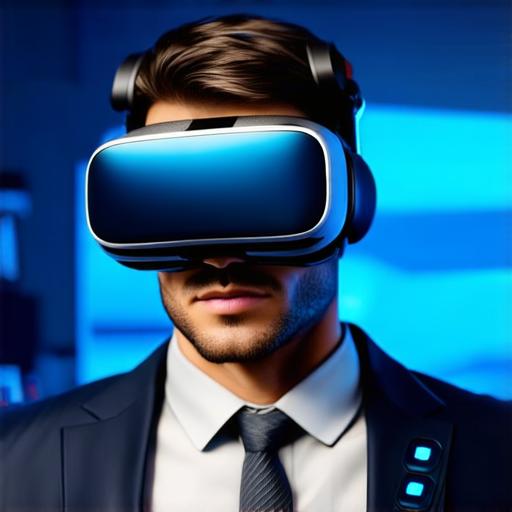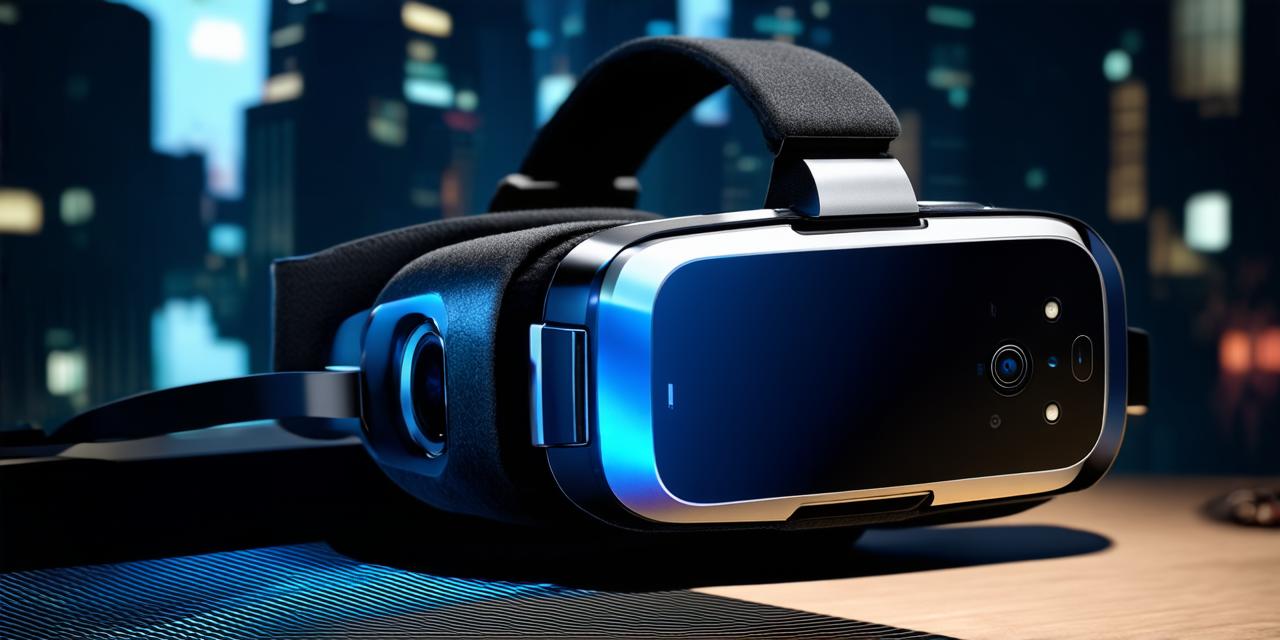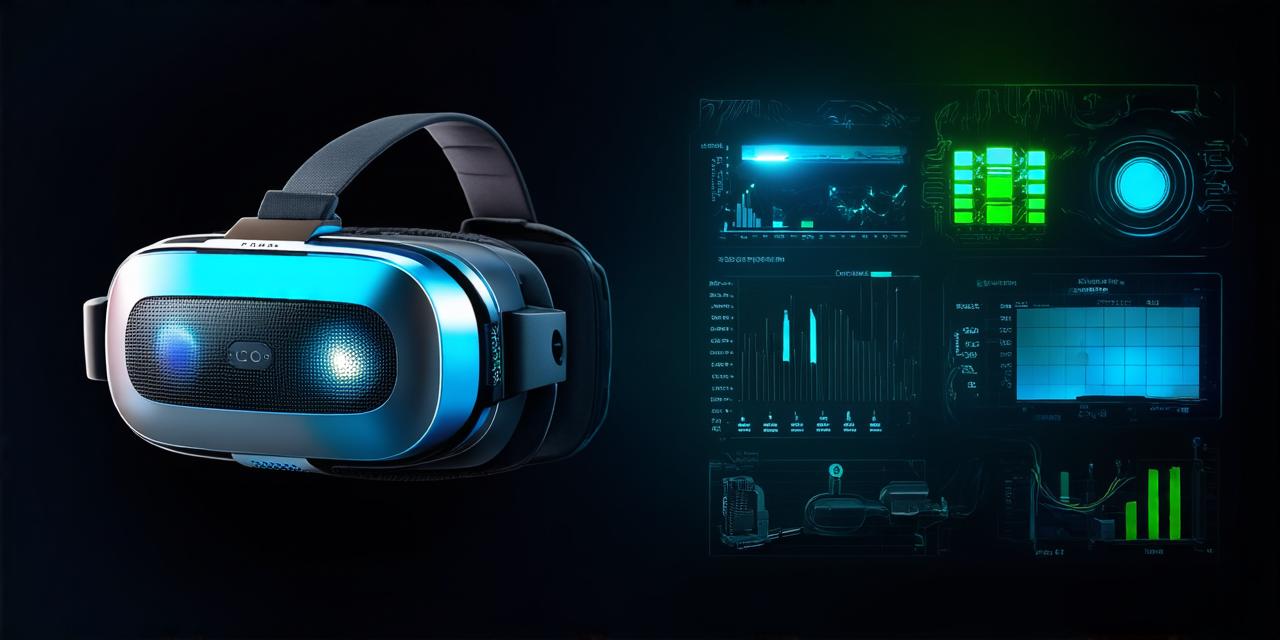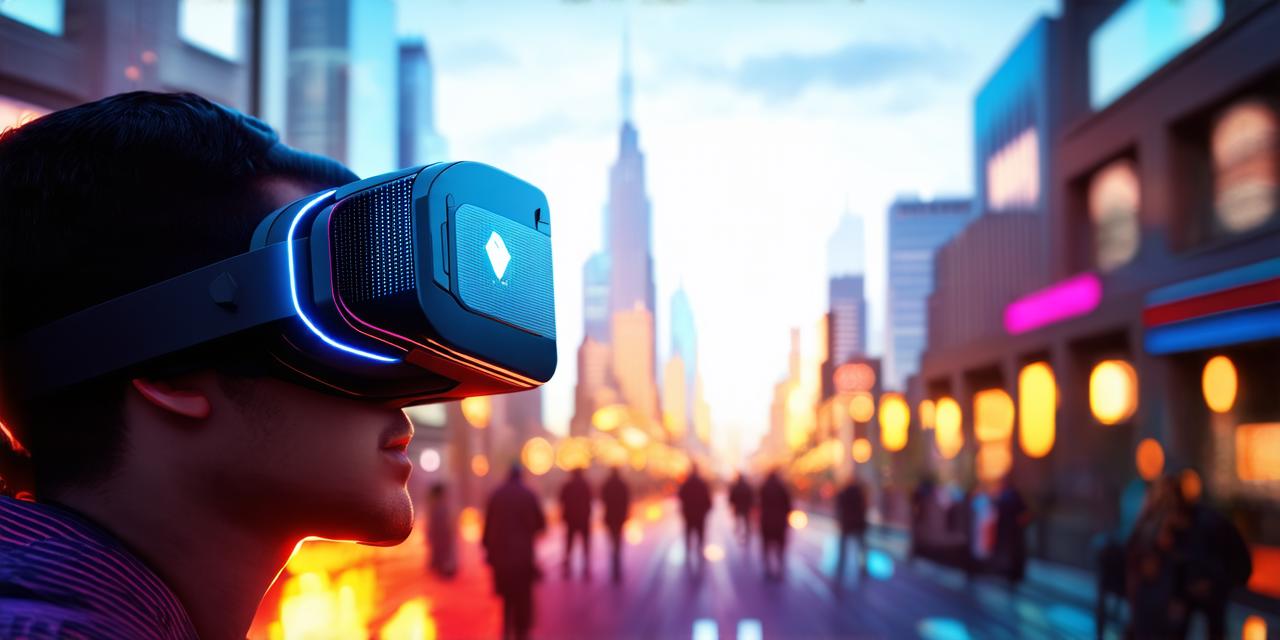What is a Smartphone Headset for Virtual Reality?
A smartphone headset for VR is a device that allows you to use your smartphone as the main display for a VR experience. These headsets typically consist of a head-mounted display (HMD) and sensors that track the movement of your head, allowing you to look around in a virtual environment.
How does a Smartphone Headset work?
Smartphone headsets work by using your phone’s sensors to track the movement of your head. As you move your head, the sensors send data back to the HMD, which adjusts the display accordingly to create a sense of immersion. The HMD typically consists of two displays, one for each eye, that are mounted on the sides of the headset.
Some smartphone headsets also include additional sensors, such as accelerometers and gyroscopes, which help to further refine the tracking and create a more accurate representation of your movement. These sensors are integrated into the phone itself, allowing for more precise tracking and reducing the need for external sensors.
Why is a Smartphone Headset worth considering for AR Developers?
There are several reasons why a smartphone headset for VR might be worth considering for AR developers:
- Accessibility: Smartphone headsets are an affordable and accessible option for experiencing immersive VR content, making them a great choice for developers looking to reach a wider audience.
- Portability: Unlike traditional VR headsets, smartphone headsets are portable and can be taken with you wherever you go. This makes them ideal for AR experiences that require users to move around, such as virtual tours or games.
- Compatibility: Most smartphones on the market today support VR content through their built-in sensors, making it easy for developers to create experiences that work across a wide range of devices. With a smartphone headset, developers can reach a larger audience without worrying about compatibility issues.
- Flexibility: Smartphone headsets can be used with a variety of VR controllers and input methods, giving developers the flexibility to choose the best option for their specific use case. This makes it easier to tailor the experience to the needs of the user.
- Research: Several studies have shown that smartphone-based VR experiences can be just as immersive and engaging as traditional VR experiences, making them a worthwhile investment for AR developers looking to create memorable and impactful experiences.

Case Studies
There are many examples of successful smartphone headset-based AR experiences. One example is the popular Pokémon Go game, which uses a smartphone’s GPS and camera to bring virtual creatures into the real world. The app has been downloaded by millions of people worldwide and has generated significant revenue for its creators.
Another example is the Ikea Place app, which allows users to see how furniture would look in their home before buying it. The app uses a smartphone’s camera to create an augmented reality experience that overlays virtual furniture onto the real world. This has helped to increase sales for Ikea and has provided a valuable tool for consumers looking to make informed purchasing decisions.
Developing a Smartphone-Based AR Experience
There are many tools and platforms available for developing smartphone headset-based VR experiences, including Unity, Unreal Engine, and A-Frame. It’s important to choose the right platform based on your project requirements and development skills.
When developing a smartphone-based VR experience, it’s important to consider the limitations of the device, such as screen size, processing power, and battery life. You will also need to ensure that your experience is optimized for mobile devices, which may require different design and development techniques than traditional desktop VR experiences.
Testing and Optimization
It’s important to test your smartphone-based VR experience on a variety of devices to ensure that it works seamlessly across all platforms. This can involve using tools such as the Unity Remote or the Samsung Gear VR controller to test your experience on different devices. It’s also important to optimize your experience for mobile devices, which may require different design and development techniques than traditional desktop VR experiences.
Conclusion
Smartphone headsets for virtual reality are becoming increasingly popular due to their affordability and accessibility. These headsets allow users to experience immersive VR content using their smartphones as the main display. As an AR developer, it’s important to consider the limitations of the device and test your experience on a variety of devices to ensure that it works seamlessly across all platforms. With the right tools and techniques, you can create engaging and memorable AR experiences for mobile users.




